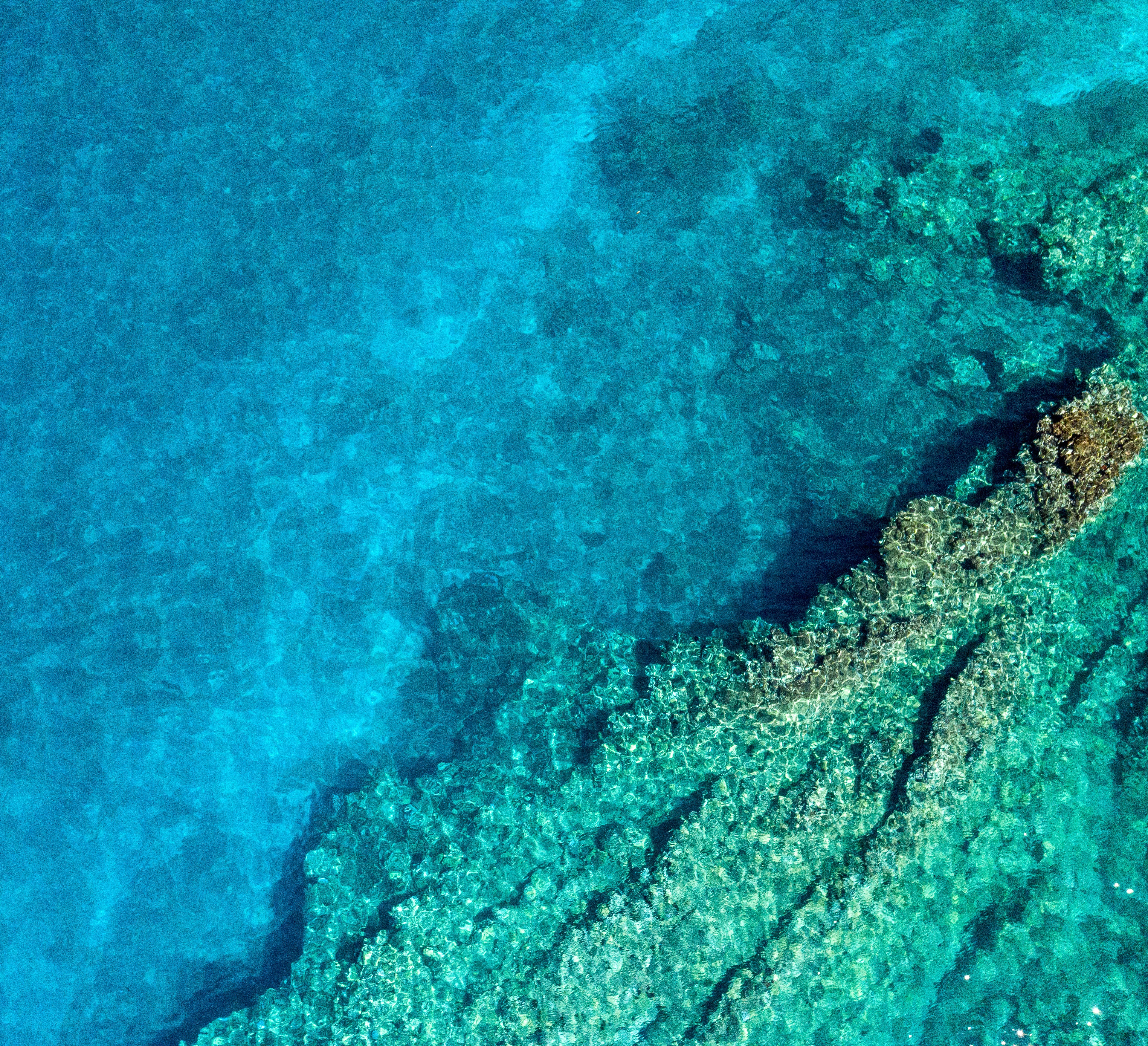Testing Standards
A lot of people have been asking about our testing procedures, so we wanted to give a little information letting you know what we do when we test your saltwater.
Certified Standards
We use a certified standard every time we test. These standard reference samples are of an extremely high, lab-grade quality. They meet the requirements of three separate ISO standards (ISO 9001:2008, ISO/IEC 17025:2005, and ISO Guide 34:2009), are batch homogeneity tested, and are tested for both long and short-term stability.
Calibration
When calibrating, we use a 5-point calibration curve for everything found in the saltwater standard. We also buy the individual elements that we are testing for and set up a 5-point calibration for each of them, assuring that our machine will give the most precise results possible. Many tests are accurate only down to the parts per million (ppm). Our tests are accurate down to the parts per billion (ppb).
Control
Before running our test on your sample, we run a control check. We keep a known sample that we run through the ICP machine, checking that everything has been calibrated correctly and that all results will be accurate.
For more on ICP for Saltwater, go here.
For more on ICP for home water, go here.

